This year's prize is themed around responses to the Climate Crisis, seeking inspiring ideas for arts projects and installations that call attention to the worsening social challenges that the world is facing as a result of climate change. Melting ice caps, crippling heat waves, rising sea levels, devastating storms, species extinction, water scarcity and decreasing food security are just some of the many difficulties facing humanity as a result of the Climate Crisis. And as scientists have called out again and again, the crisis demands the care and attention of everyone on the planet.
The Social Impact Arts Prize holds the belief that artists in particular are uniquely skilled and talented to imagine a better world and create initiatives that have the power to make decision-makers and the public sit up and take notice. The Social Impact Art Prize is an award that believes in the inspiring power of art to trigger a collective will for positive change. It is an award searching for great artistic ideas that have the power to make the world see, think and do differently.
The Social Impact Arts Prize 2022 is open for proposals until June 13. Visit socialimpactartsprize.org for details on how to enter a proposal for this year's prize.
Here's a look at five inspiring art initiatives to get you thinking about your own proposal.
Climate Clock
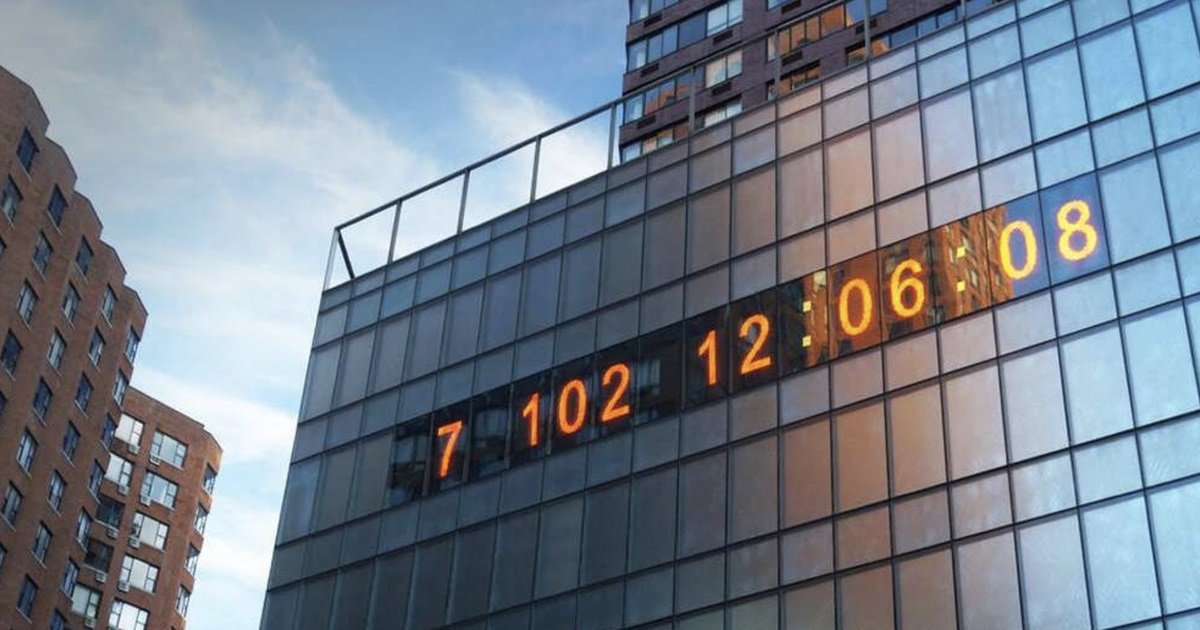
On September 19, 2020 the Climate Clock went live on Union Square in New York. The brainchild of climate activists Gan Golan and Andrew Boyd, art-fixer Katie Peyton Hofstadter, tech maestro Adrian Carpenter, and a supporting team that included leading scientists, the Mayor’s office, and a host of creatives, the Climate Clock is an 80-foot wide, four-storey high stark orange-tinted clock installed in the centre of New York City. The clock counts down to the day when the earth will pass the critical 1.5°C warming point, estimated at the time of installation to be just 7 years and 102 days away.
The clock struck a nerve and quickly captured the public imagination. Copies and versions of the clock have since been installed in other prominent locations across the world. And yes, this clock is still counting down. See more of the Climate Clock movement online at climateclock.world.
Reduce Speed Now by Justin Brice Guariglia
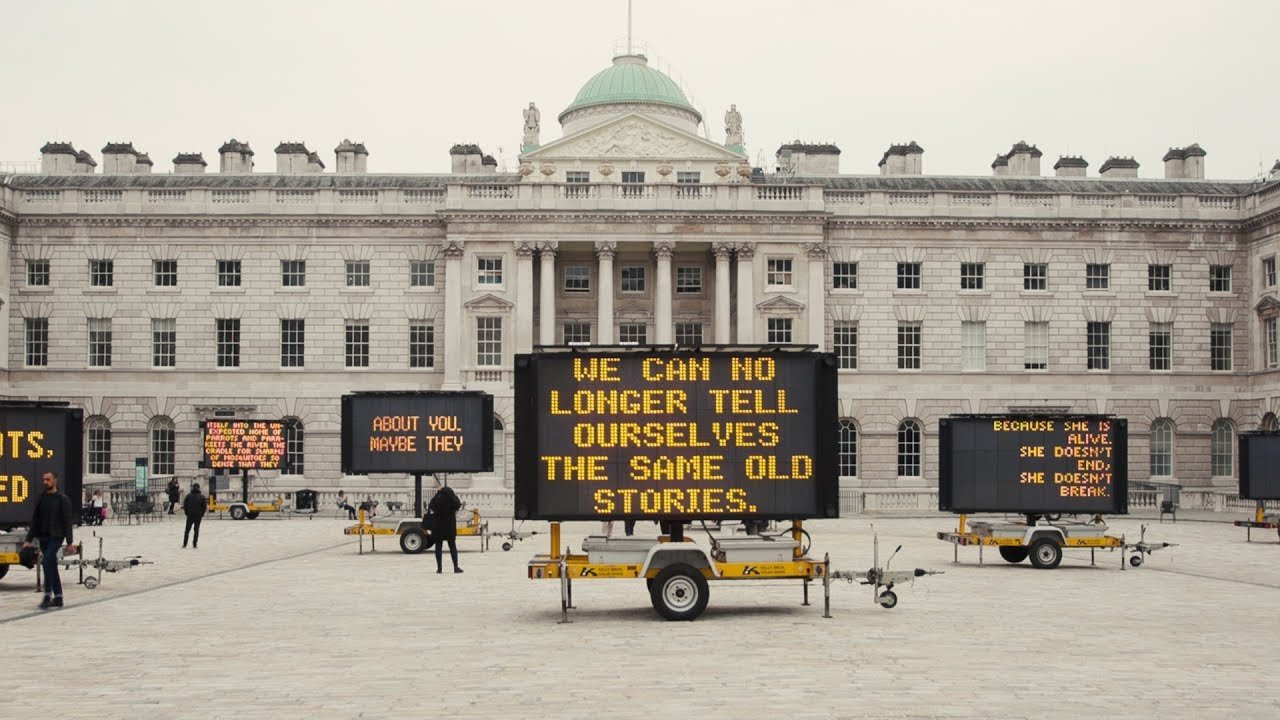
In 2019 American artist Justin Brice Guariglia brought together the critical voices of international activists, poets and philosophers to address the ecological crisis as a catalyst for social and political change in a massive solar-powered installation commissioned by Somerset House in London. Formed of nine large solar-powered LED signs usually seen on motorways, the signs display the messages and thoughts of climate change activists, philosophers and scientists from all corners of the world.
Voices include Greta Thunberg, poets from the remote islands of Kalaallit Nunaat (Greenland) and the Marshall Islands, the provocative French philosopher Bruno Latour and eco-theorist Timothy Morton, as well as the artist himeself. The installation was accompanied by a library of complementary works that speak to the drastic need to collectively address climate change.
John Akomfrah: Purple
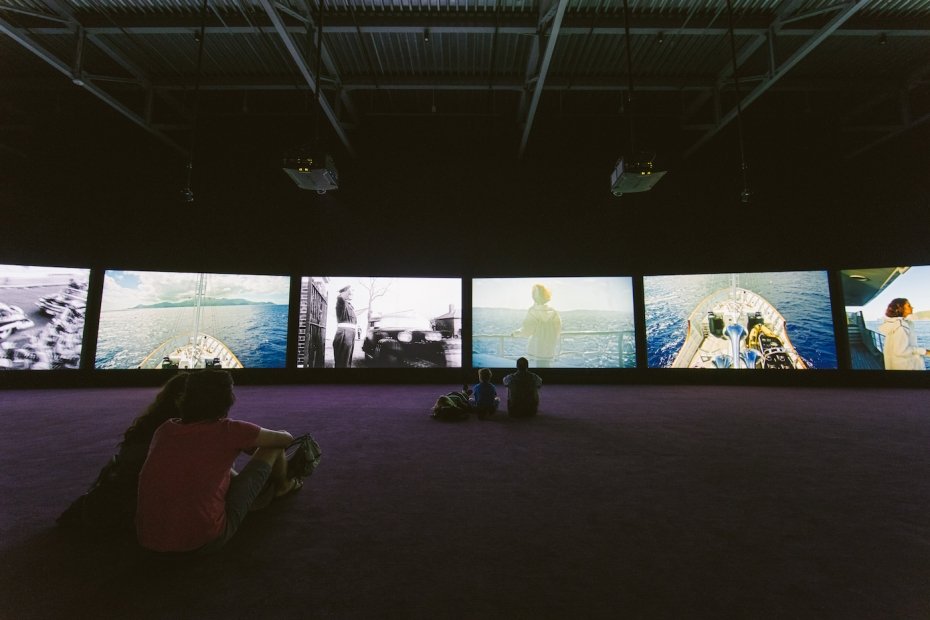
Photo via Lisson Gallery, photographed by Meg Elkinton © Smoking Dog Films
Purple is an immersive six-channel video installation by the acclaimed Ghanaian artist and filmmaker John Akomfrah. Drawing from hundreds of hours of archival footage, combined with newly shot film and set to a hypnotic sound score, this immense artwork first installed at The Watershed in Boston addresses themes related to the implications of climate change across the planet and its effects on human communities, biodiversity, and the wilderness.
Symphonic in scale and divided into five interwoven movements, the film features various disappearing ecological landscapes, from the hinterlands of Alaska and the desolate environments of Greenland to the Tahitian Peninsula and the volcanic Marquesas Islands in the South Pacific.
Library of Water by Roni Horn
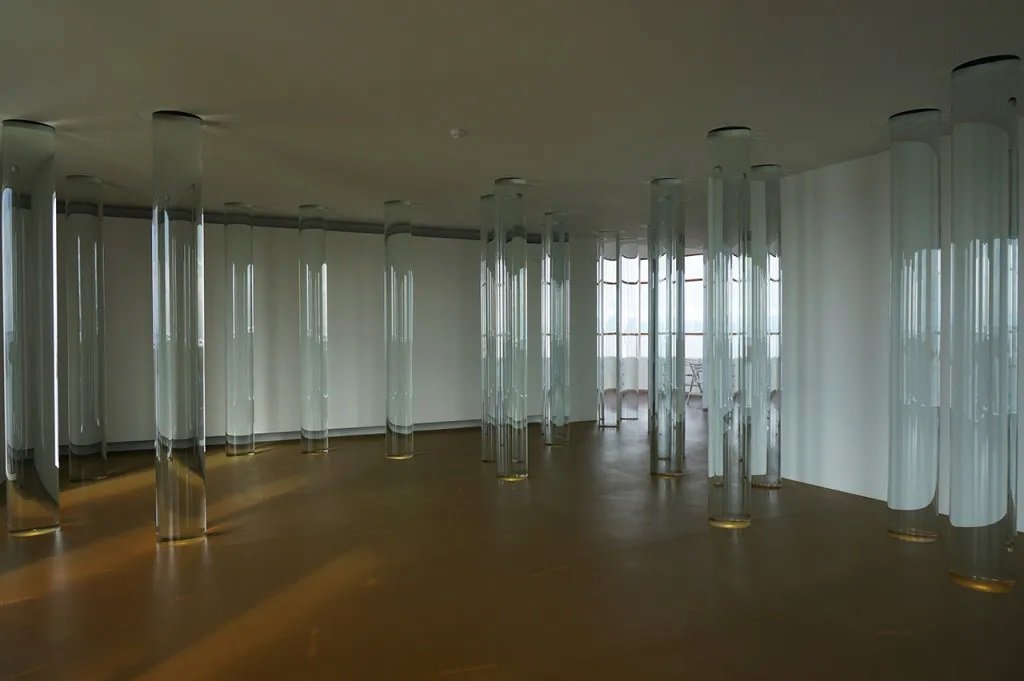
Also known in Icelandic as Vatnasafn, Library of Water is a long-term, multi-faceted installation in the small town of Stykkishólmur on the southwest coast of Iceland. Within a converted building that was originally a small library, artist Roni Horn has created what she describes as “a lighthouse in which the viewer becomes the light”.
Where there was once a library of books, there is now a series of collections gathered by Horn and her collaborators in Iceland. These include Water, Selected, a constellation of identical floor-to-ceiling glass columns containing water originally gathered as blocks of ice from glaciers across the country, all of which have receded since the ice was collected. The Library of Water was conceived as a space that can accommodate a range of community uses such as meetings, concerts, weddings or yoga classes and the basement of the building has a studio residency for writers. Find out more about Library of Water here.
HighWaterLine
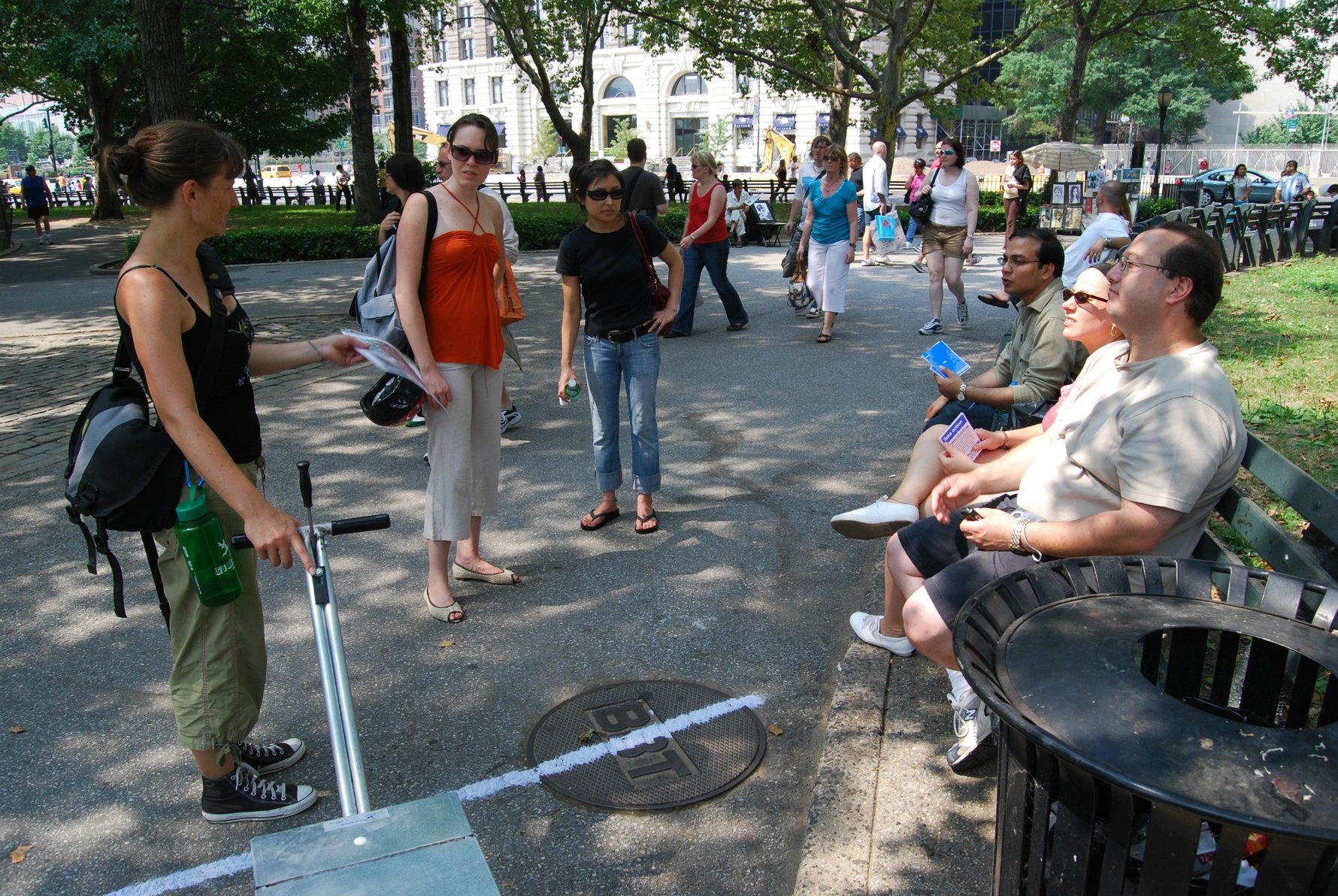
Based in five cities and originally launched in New York, HighWaterLine brings together community members and experts from diverse disciplines to devise climate change resiliency at the local level through workshops and public art activities. These workshops are designed to facilitate and share knowledge amongst the community about climate change activism, and find innovative and engaging ways to visualise the scale of the Climate Crisis.
The workshops focus on storytelling, oral history and creative brainstorming sessions in which communities are invited to come together and share ideas for creative interventions that will visually demonstrate the ongoing effects of climate change. These public art projects are then carried out together with the HighWaterLine community. Find out more about HighWaterLine here.




Comments